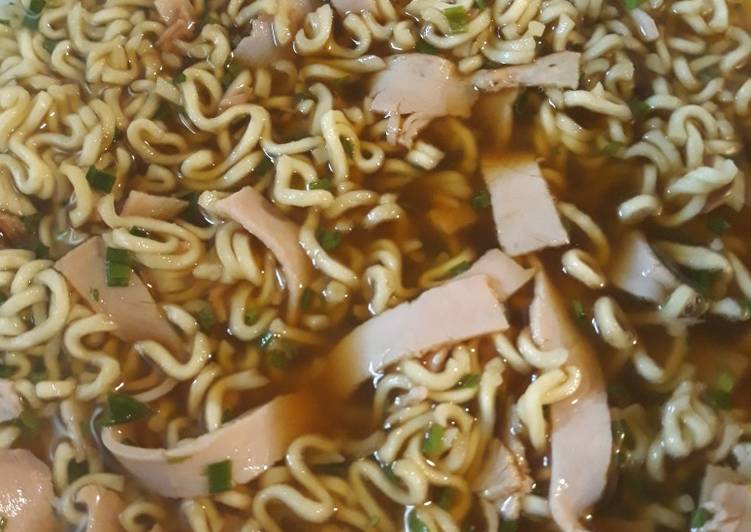Beef Ramen with Black Forest Ham and Chives. Divide onion, carrot, and pickle slices evenly among steaks, placing vegetables close to one end of meat. Stir onion mix, ham, and chives into potatoes. Beef Flautas With Black Bean Puree And Roasted Pepper Salsa.
 The tried-and-true combination of ham and cheese is tweaked just slightly for this sandwich.
We paired Cambozola's creamy texture and pungent flavor with Black Forest ham, sweet caramelized onions, and grilled rye for an update on.
Beef Ramen Noodles with Sesame and GingerTablespoon.
You can cook Beef Ramen with Black Forest Ham and Chives using 6 ingredients and 2 steps. Here is how you cook that.
The tried-and-true combination of ham and cheese is tweaked just slightly for this sandwich.
We paired Cambozola's creamy texture and pungent flavor with Black Forest ham, sweet caramelized onions, and grilled rye for an update on.
Beef Ramen Noodles with Sesame and GingerTablespoon.
You can cook Beef Ramen with Black Forest Ham and Chives using 6 ingredients and 2 steps. Here is how you cook that.
Ingredients of Beef Ramen with Black Forest Ham and Chives
- Prepare 1 package of beef ramen.
- Prepare 3 slices of black forest ham.
- Prepare 2 cups of hot water.
- You need 1 teaspoon of soya sauce.
- You need 1 teaspoon of Chinese black vinegar.
- It's 2 tablespoons of chopped chives.
Ramen Noodles with Sesame Ginger Garlic Beef, Savoury Miso Gravy, Fresh Egg Yolk, and Roasted NoriI am a Food Blog. Order online from Real Kung Fu Little Steamed Buns Ramen on MenuPages. Pan-Fried Bun with Egg and Chives. Ham and Sausage Fried Sliced Noodle.
Beef Ramen with Black Forest Ham and Chives step by step
- Add the ramen noodles and flavor packet to a bowl with water. Heat till cooked..
- Roll the ham up into a roll. Slice the roll across making strips about 1/4 inch wide like a pinwheel. Stice the pinwheels once across. Add to the ramen with the chives. Stir in the soya sauce and vinegar. Serve I hope you enjoy!!.
Hearty Hoisin Beef Ramen: After much demand and interest on my other instructable for Ramen, ive decided to release yet another instructable on a Pour your ramen into a bowl and get a fork to dress it, as you will want to use the fork to press the toppings down into the soup a little bit, please don't do. Asparagus just screams spring to me! If you don't care for goat cheese use Boursin or cream cheese with chives. The chives in the market were pretty short so I use the tender thin green onion. By the time the ramen noodles are cooked, the liquid is absorbed / evaporated, leaving behind a nice coating of sauce on the perfectly cooked noodles.